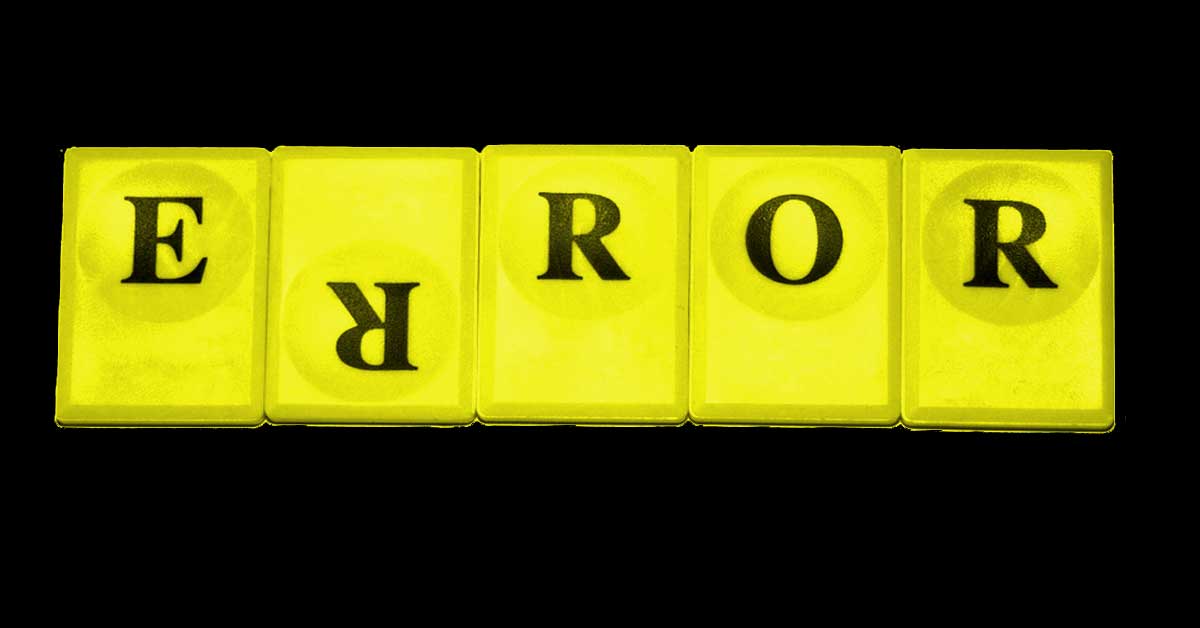
Why does line editing matter
Just like content editing (where you check your writing is logical, clear and concise), line editing also improves the quality of your book, albeit in a slightly different way.
It is sometimes called “copy editing”. I prefer line editing, because it reminds you you’re checking to make sure every line of text is free of any issues and that you need to be meticulous as you go through your draft.
What is line editing
Line editing is a detailed content review of every sentence and every word in your book. It ensures each sentence and word is
- easy to understand
- free of any content errors, like incorrect facts
- tightened up and anything woolly and ambiguous is replaced with something short, snappy and clear
It requires intense attention to detail and should not be rushed or forced.
Keep making progress, but don’t slip up because you raced through to get it off the “to do” list.
Here’s what your eagle-eyes need to be on the lookout for.
Clarity
Remember short words and short sentences are the secret to clear writing. If you’re prone to writing long sentences, here are the words to pick out if you need to break long sentences down into shorter ones.
| A
after although and as if as long as as much as as soon as as though assuming that B because before but by the time E even if even though |
F
for H how I if in case (that) in order (that) L lest N nor now that O once only if P provided that |
R
rather than S since so so that T than that though till |
Jargon
While jargon can be a useful shortcut when communicating within a specific group, too much jargon, or jargon that is not clearly defined can lead to confusing writing and frustrated readers.
If you have to reread someone else’s sentence several times, it is often because it contains jargon.
If your book is aimed at novices, there’s a chance they will not know what the jargon means. They are new to the subject. If you must include it, define what it means the first time it’s used
Also add these items to a glossary if you’ve got quite a few instances where jargon and specialist terms have to be used. It makes it easier to look up than referring back to the first instance.
Check you have not casually slipped in some “buzzword bingo” and “management speak” words and phrases.
Rewrite clichés that will confuse people. Not everyone has English as their first language. Ditch metaphors the younger or older generation won’t understand and come up with a better example.
| UGH! Don’t do this | YEAH! This is better |
| This is your opportunity for blue-sky thinking | This is your chance to be creative with… |
| Why not push the envelope and… | Why not challenge yourself to… |
Terminology
You’ll have a specific set of terms used in your subject; use those as much as possible.
Perhaps on websites you have seen the phrase 1 below.
- “Input your username and password then click the login button”.
Contrast that with
- “Complete your user account details in the form fields provided, and then authenticate your session by clicking login.”
Which do you prefer? Phrase 1 or phrase 2?
I prefer 1. It’s short and sweet and it feels familiar. Just by skim reading it I understand what’s going on.
Option 2 says the same thing but with very different terms (and almost twice as many words!). I have to work hard to understand what I am supposed to be doing.
Most websites use the option 1 wording to making logging in quick and simple.
Make sure your book uses the most common terms in your niche to boost reader understanding.
If you’re writing don’t start using different (equivalent) terms like
- “press login button” and “click logout button”
- “create an account” and “sign up for an account”
Keep things consistent throughout your book for whichever terms you need to use. Your readers will thank you for it.
Also make sure you’ve not made a “school boy error” and the term you are using is correctly applied. This might be from
- an absent-minded slip-up and typing in the wrong term
cars have internal combustion engines, not external combustion engines. - the spellchecker might have made a mistaken auto-correction
rooms are cavernous, they are not carnivorous. - the wrong term because you misunderstood the topic
In 1560, Michelangelo created the modern art movement, Cubism
Make sure the term is described the first time it is mentioned in your book either by
- writing the description next to it in brackets or a standalone sentence
- adding a footnote reference
- if you have lots of them create a glossary and make sure it’s added in there and linked to and cross-referenced

